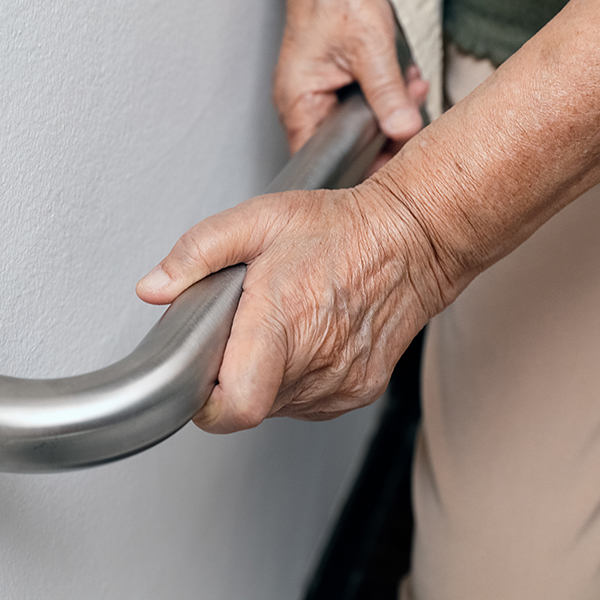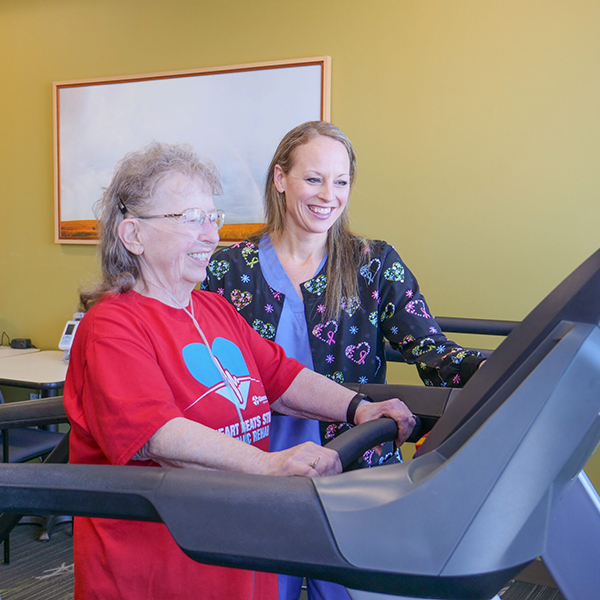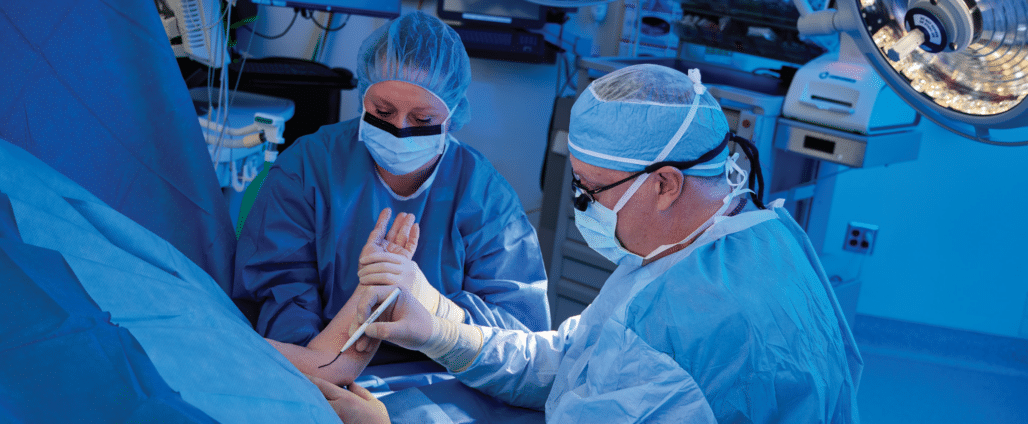What is the Temporomandibular Joint?
The temporomandibular joint (TMJ) is the jaw joint. There are two TMJs which work together as a pair, and they are in front of each ear. The TMJ is a freely moveable articulation that connects the lower jawbone (the mandible) to the temporal bone of the skull. The muscles controlling the joints attach to the mandible (lower jaw), maxilla (upper jaw), skull and neck. These muscles allow the jaw to move in three directions: up and down, side to side, and forward and back which are necessary for talking, chewing, and swallowing. Supporting muscles of the neck and shoulder girdle help to stabilize the skull on the neck during jaw functions. A soft tissue disc lies between the joint surfaces and absorbs the shock to the joint during chewing and other movements.
What Causes TMD?
TMD can be complex and result from multiple causes. Some known causes include autoimmune disease, infections, injuries to the jaw area, dental procedures, or events requiring prolonged mouth opening, insertion of a breathing tube for surgery, and various forms of arthritis. Environmental factors such as jaw clenching, tooth grinding (bruxism), lip or fingernail biting, gum chewing, sustained pressure to the jaw, and singing/playing a musical instrument can contribute to TMD.
Symptoms of TMD Include:
- Pain in the jaw muscles
- Pain in neck and shoulders
- Chronic headaches
- Jaw muscle stiffness
- A bite that feels “off”
- Limited movement or locking of the jaw
- Ear pain, pressure, fullness, ringing in the ears (tinnitus)
- Painful clicking, popping, or grating in the jaw joint when opening or closing the mouth
- Dizziness
- Vision problems
Treatments
Most patients suffering from TMD achieve good, long-term relief with conservative treatment. Your treatment team may consist of your primary provider, dentist, and/or physical therapist. The goals of conservative treatment are to reduce pain, decrease adverse pressure or loading on the TMJ, improve range of motion and joint mobility, reduce muscle tension, and improve and restore function of the jaw for normal daily activities.
Dental Care
Your dentist can assess teeth position (occlusion) and construct oral appliances/bite guards.
Physical Therapy
Physical therapists are musculoskeletal specialists and provide a comprehensive TMD evaluation.
Physical therapy treatment may consist of the following:
- Education on self-care practices such as eating soft foods, applying ice or moist heat, avoiding extreme jaw movements such as wide yawning, loud singing, gum chewing, nail biting
- Manual techniques to the TMJ and jaw muscles and cervical spine joints and muscles
- Exercise for improving mobility, strengthening/stabilization, and joint protection
Service Area
Our primary service area is McLeod County, Minnesota including: Biscay, Brownton, Glencoe, Hutchinson, Lester Prairie, Plato, Silver Lake, Stewart, and Winsted. We also service parts of Sibley County, including: Arlington, Gaylord, Green Isle, New Auburn, and Winthrop, as well as the western part of Carver County, including: Hamburg, Norwood, and Young America, and part of Renville County, including: Buffalo Lake.












